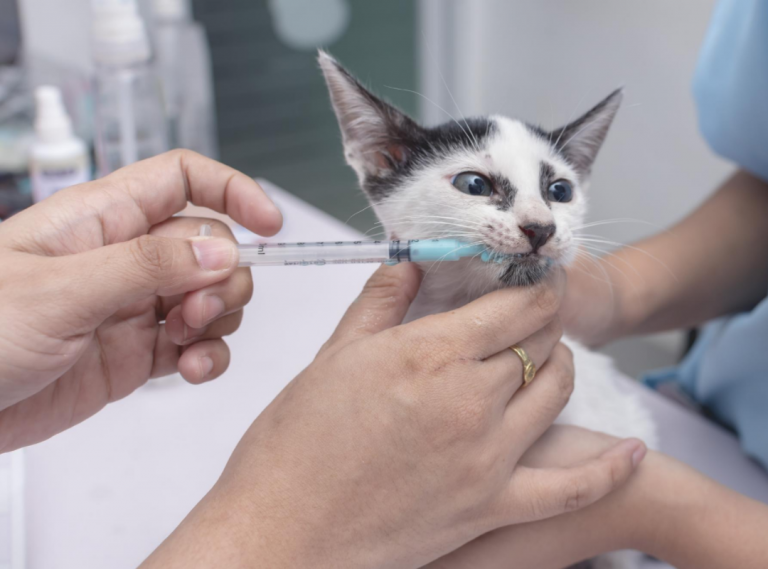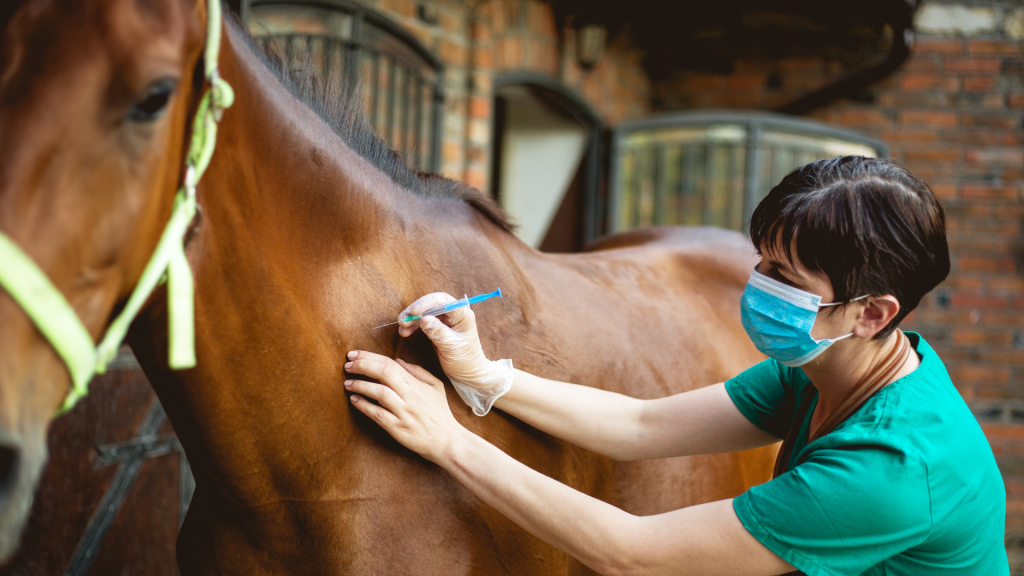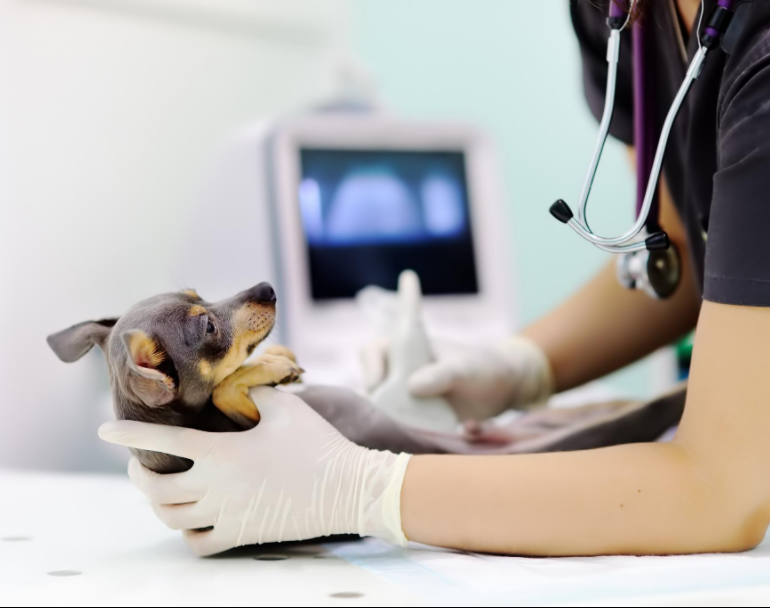
Anesthesia Safety for Pets
Anesthesia administration in veterinary care is a fundamental element of ensuring the comfort and safety of our cherished animal companions during surgical procedures. While we often hear about the guidelines and technology that enhance anesthesia safety, let’s delve into insights gained from a recent study focusing on anesthetic-related death in dogs and cats within primary care veterinary hospitals.
Exploring Anesthetic-Related Risks
The objective of this study was to identify risk factors associated with anesthetic-related death in pet dogs and cats. It was structured as a matched case-control study, involving 237 dogs and 181 cats. The research examined electronic medical records from 822 hospitals to identify animals that underwent general anesthesia, including sedation, and experienced death within seven days of the anesthetic episode.
Unlocking Vital Insights
The study yielded interesting findings. Cats faced a higher anesthetic-related death rate (0.11%) than dogs (0.05%). Age played a crucial role, affecting the risk of death in both species. For dogs, a lack of recorded preanesthetic physical exams or falling Hct levels led to increased odds of death. In cats, the absence of intra-anesthesia oxygen saturation records raised the risk of death.
The Weight Factor
Weight mattered significantly. Underweight dogs had almost 15 times the risk of death compared to nonunderweight ones. Conversely, cats’ odds of death increased with higher body weight, emphasizing the importance of considering a patient’s weight during anesthesia.
Clinical Implications
These insights hold great clinical significance. They empower veterinarians to enhance anesthesia safety by factoring in age, weight, thorough preanesthetic evaluations, and meticulous record-keeping. This knowledge also forms the basis for educating pet owners about anesthesia risks, fostering informed discussions and shared commitment to their pets’ well-being during surgery.
The Role of VetMo
In the quest for safer anesthesia, technology plays a pivotal role. VetMo, an innovative application designed to streamline anesthesia management, aligns perfectly with the findings of this study. VetMo eliminates the possibility of human errors through automated data recording and real-time monitoring. By synchronizing data seamlessly, VetMo ensures that all patient information is accurate and up-to-date. This digital precision enhances the overall anesthesia process, making it safer and more efficient.
Moreover, VetMo offers offline accessibility, a groundbreaking feature in areas with unstable internet connectivity. This means that veterinarians and their teams can access and record crucial patient data even without an internet connection, ensuring that no information is lost.
Balancing Research and Technology for Safer Veterinary Anesthesia
While we often discuss the guidelines and digital solutions that enhance anesthesia safety, it’s crucial to acknowledge the invaluable contributions of research. This recent study sheds light on the intricate details of anesthesia-related death and provides a roadmap for safer anesthesia in veterinary care. By merging these insights with cutting-edge technology like VetMo and best practices, we can unlock a safer and brighter future for our beloved animal companions.



